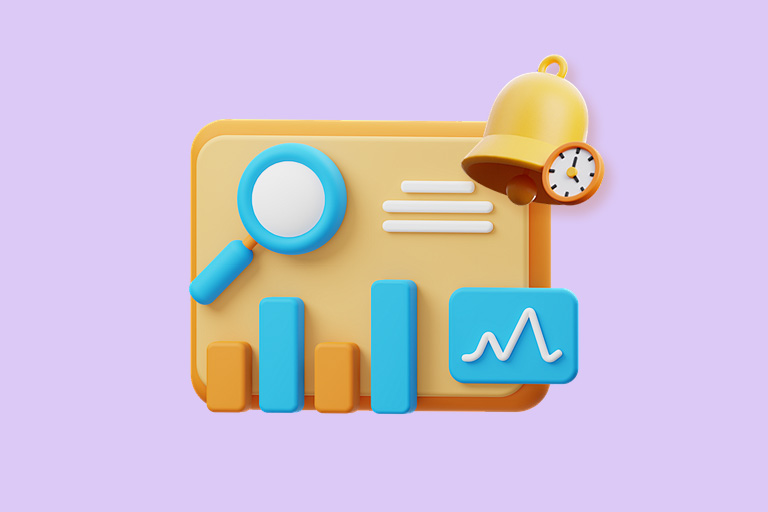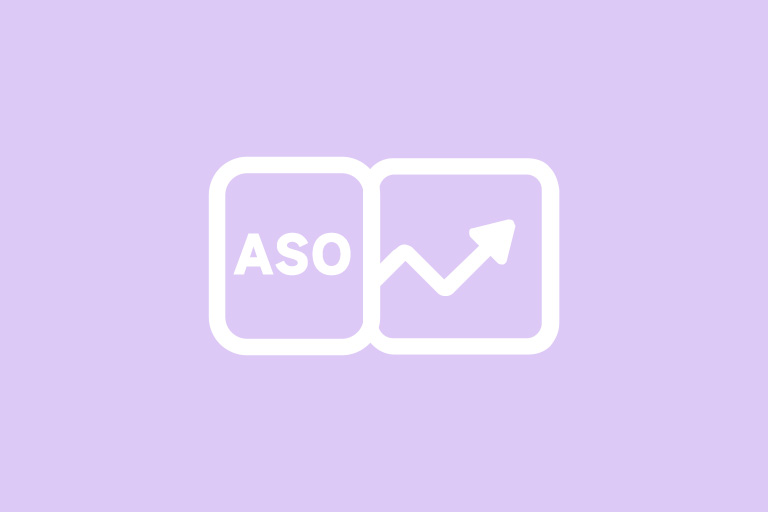Preparing for Your First A/B Test: Key Steps and Considerations
Embarking on your first A/B test can be an intimidating endeavor. Successful A/B testing hinges on thorough preparation, emphasizing the need to establish a robust hypothesis before initiating the test design.A solid hypothesis for your A/B test should encompass four essential elements:
- Define the Problem: Identify an issue with your current app page, supported by data or user reviews, and uncertainty about its resolution. (Use ASO tool like FoxData's Review Management Tool to help you in this process) If the problem's solution is clear, A/B testing may not be necessary.
- Determine the Element to Change: Pinpoint the specific element on your app page that may be contributing to the issue and could potentially enhance your app's conversion rate if modified.
- Specify the Change Implementation: Decide on the exact alteration within the identified element, such as adding or removing an item, to address the problem.
- Assess Visibility Impact: Consider whether the change is prominent enough to influence store visitor behavior. Changes in less than 5% of store traffic are unlikely to significantly impact conversion rates. Use FoxData's ASO Impact Analysis Tool to measure the impact.
Publishing Your First A/B Test (App Store and Google Play)
Once your hypothesis is established, follow these steps to initiate your A/B test:- Access your store console and locate the A/B testing tab or page, such as the "Store Listing Experiments" page for Google Play or the "Product Page Optimization" tab for the App Store.
- Click on "Create a Test/An Experiment" and proceed with the provided instructions.
- Allocate traffic proportion (%) for the original page and its variants, ideally splitting traffic equally to ensure accurate results.
- Estimate the test duration to gauge when conclusive results are expected, providing insights into the realism of your expectations.
- Select the assets (elements) for testing, focusing on one element at a time to accurately measure the test's impact.
Google Play Store Listing Experiments
Google Play's Store Listing Experiments tool is a prominent A/B testing platform for ASO, enabling direct testing of various store listing assets with live store traffic. It permits testing of creatives (icon, promotional video, feature graphic, screenshots) and short and long descriptions, offering insights into user preferences and trends.App Store Product Page Optimization
Apple's Product Page Optimization (PPO) tool is designed to assess the impact of different page elements on iOS conversion rates. It allows testing of creative assets (icon, preview video, and screenshots) for up to 90 days, providing insights into user behavior and preferences.While store listing experiments and product page optimization are popular options, third-party A/B testing tools, including Geeklab, Storemaven, SplitMetrics, and Upptic, offer additional control and features for conducting tests.
Before initiating an A/B test, carefully consider what elements to test and why, aligning with the priorities and preferences of your store traffic to effectively differentiate and enhance your app's appeal.







